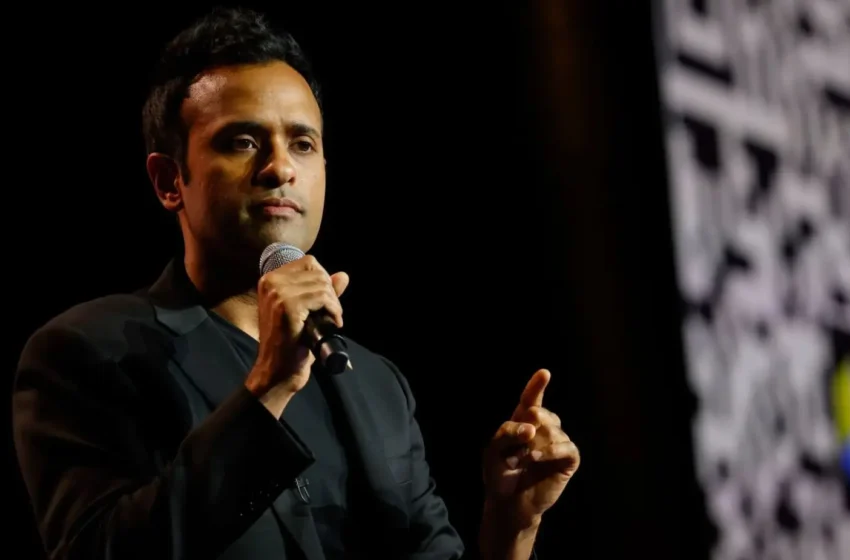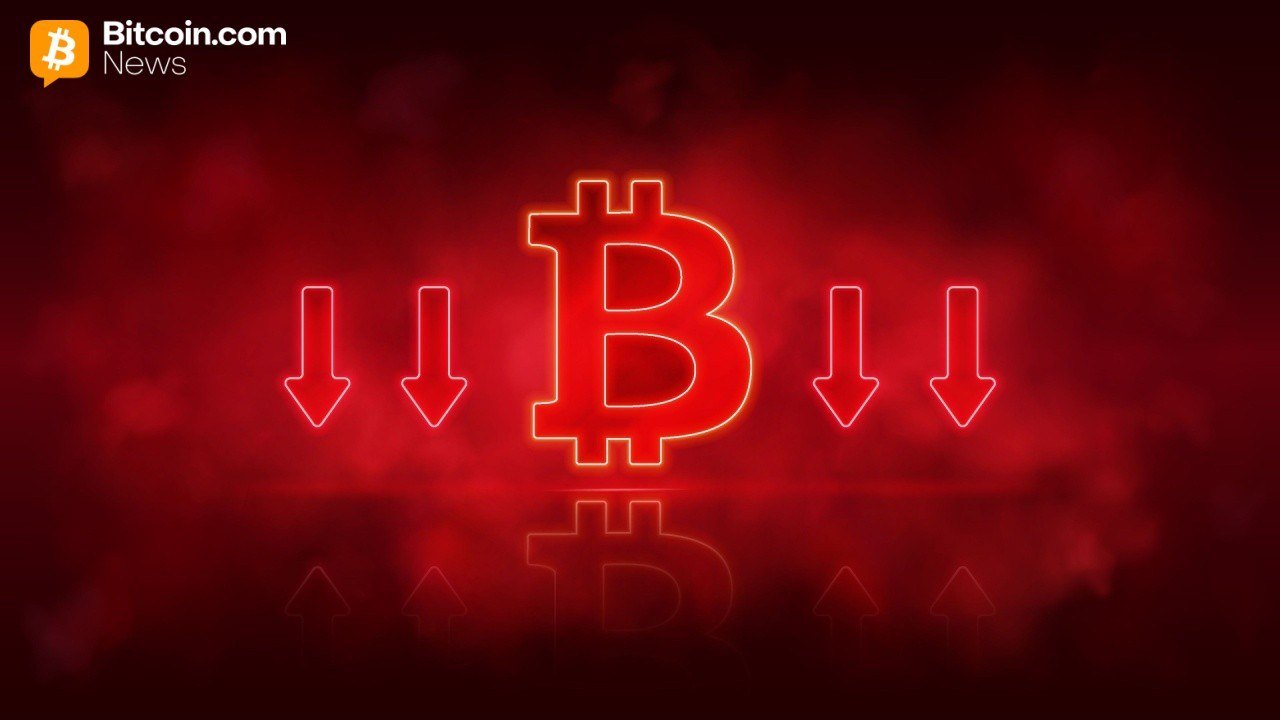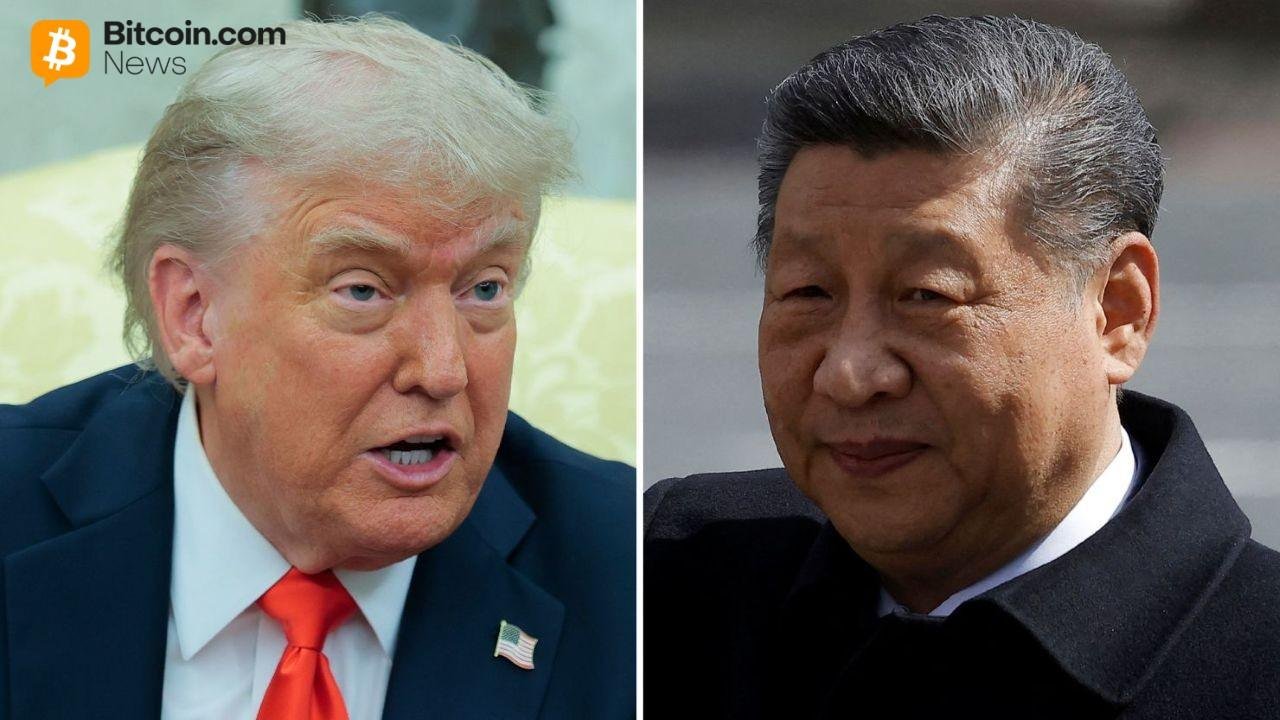Vivek Ramaswamy’s Strive Is Targetting Discounted BTC from Mt.Gox Collapse
(Originally posted on : Crypto News – iGaming.org )
Strive is stepping into the crypto space with a plan that could put discounted Bitcoin on its balance sheet. The Ohio-based investment firm, co-founded by Vivek Ramaswamy, is aiming to strengthen its exposure to Bitcoin through a new deal involving long-standing crypto claims.
In a recent filing with the U.S. Securities and Exchange Commission (SEC), Strive confirmed a partnership with 117 Castell Advisory Group LLC. The joint goal is to acquire Bitcoin tied to legally settled but undistributed claims — with a clear focus on those related to the Mt. Gox collapse.
Good to know
- Mt. Gox went bankrupt in 2014 after losing 750,000 BTC to hackers
- Strive plans to access these claims below market value
- The 75,000 BTC in question is now worth over $8.2 billion
Strive is not just making a financial play — it is also forming what it hopes to be a new kind of company. It plans to work alongside Asset Entities, a social media marketing group, to launch what it calls the first public asset management Bitcoin treasury firm.
Mt. Gox once handled more than 70% of Bitcoin trading volume before shutting down. Its collapse still echoes through the crypto industry today, especially as courts continue distributing what is left of the firm’s remaining Bitcoin to creditors.
New players only. Exclusive Welcome Bonus of 350% + 150 Free Spins
By targeting legally validated Mt. Gox claims, Strive and its partners want to gain Bitcoin at lower-than-market prices. As the firm explained in its SEC filing, “This strategy is intended to allow Strive the opportunity to purchase Bitcoin exposure at a discount to market price, enhancing Bitcoin per share and supporting its goal of outperforming Bitcoin over the long run.”
The deal is one part of Strive’s wider ambition to make Bitcoin a core part of its strategy. It also marks another move by traditional financial institutions taking direct steps into crypto, not just through ETFs or derivatives, but through active treasury management.







 Bitcoin
Bitcoin  Ethereum
Ethereum  Tether
Tether  XRP
XRP  Solana
Solana  USDC
USDC  Dogecoin
Dogecoin  Lido Staked Ether
Lido Staked Ether  TRON
TRON  Cardano
Cardano  Wrapped stETH
Wrapped stETH  Wrapped Bitcoin
Wrapped Bitcoin  Ethena USDe
Ethena USDe  Chainlink
Chainlink  Figure Heloc
Figure Heloc  Sui
Sui  Hyperliquid
Hyperliquid  Stellar
Stellar  Avalanche
Avalanche  Bitcoin Cash
Bitcoin Cash  Wrapped eETH
Wrapped eETH  Litecoin
Litecoin  WETH
WETH  LEO Token
LEO Token  Hedera
Hedera  Binance Bridged USDT (BNB Smart Chain)
Binance Bridged USDT (BNB Smart Chain)  USDS
USDS  Coinbase Wrapped BTC
Coinbase Wrapped BTC  USDT0
USDT0  Shiba Inu
Shiba Inu  Toncoin
Toncoin  Mantle
Mantle  Cronos
Cronos  WhiteBIT Coin
WhiteBIT Coin  Monero
Monero  Polkadot
Polkadot  Ethena Staked USDe
Ethena Staked USDe  Dai
Dai  Uniswap
Uniswap  World Liberty Financial
World Liberty Financial  OKB
OKB  Aave
Aave  Bitget Token
Bitget Token  Zcash
Zcash  NEAR Protocol
NEAR Protocol  Ethena
Ethena  Pepe
Pepe  Bittensor
Bittensor  MemeCore
MemeCore  Aptos
Aptos  Jito Staked SOL
Jito Staked SOL  Aster
Aster  BlackRock USD Institutional Digital Liquidity Fund
BlackRock USD Institutional Digital Liquidity Fund  Ethereum Classic
Ethereum Classic  USD1
USD1  Ondo
Ondo  Story
Story  Currency One USD
Currency One USD  PayPal USD
PayPal USD  Worldcoin
Worldcoin  Binance Staked SOL
Binance Staked SOL  Binance-Peg WETH
Binance-Peg WETH  POL (ex-MATIC)
POL (ex-MATIC)  Jupiter Perpetuals Liquidity Provider Token
Jupiter Perpetuals Liquidity Provider Token  sUSDS
sUSDS  Internet Computer
Internet Computer  Arbitrum
Arbitrum  HTX DAO
HTX DAO  KuCoin
KuCoin  Gate
Gate  Pi Network
Pi Network  Cosmos Hub
Cosmos Hub  Pump.fun
Pump.fun  Algorand
Algorand  USDtb
USDtb  VeChain
VeChain  Rocket Pool ETH
Rocket Pool ETH  Pudgy Penguins
Pudgy Penguins  BFUSD
BFUSD  Kinetiq Staked HYPE
Kinetiq Staked HYPE  Sei
Sei  Wrapped BNB
Wrapped BNB  Render
Render  Filecoin
Filecoin  Falcon USD
Falcon USD  StakeWise Staked ETH
StakeWise Staked ETH  Sky
Sky  Tether Gold
Tether Gold  Liquid Staked ETH
Liquid Staked ETH  Official Trump
Official Trump  Lombard Staked BTC
Lombard Staked BTC  Bonk
Bonk  ChainOpera AI
ChainOpera AI  Renzo Restaked ETH
Renzo Restaked ETH